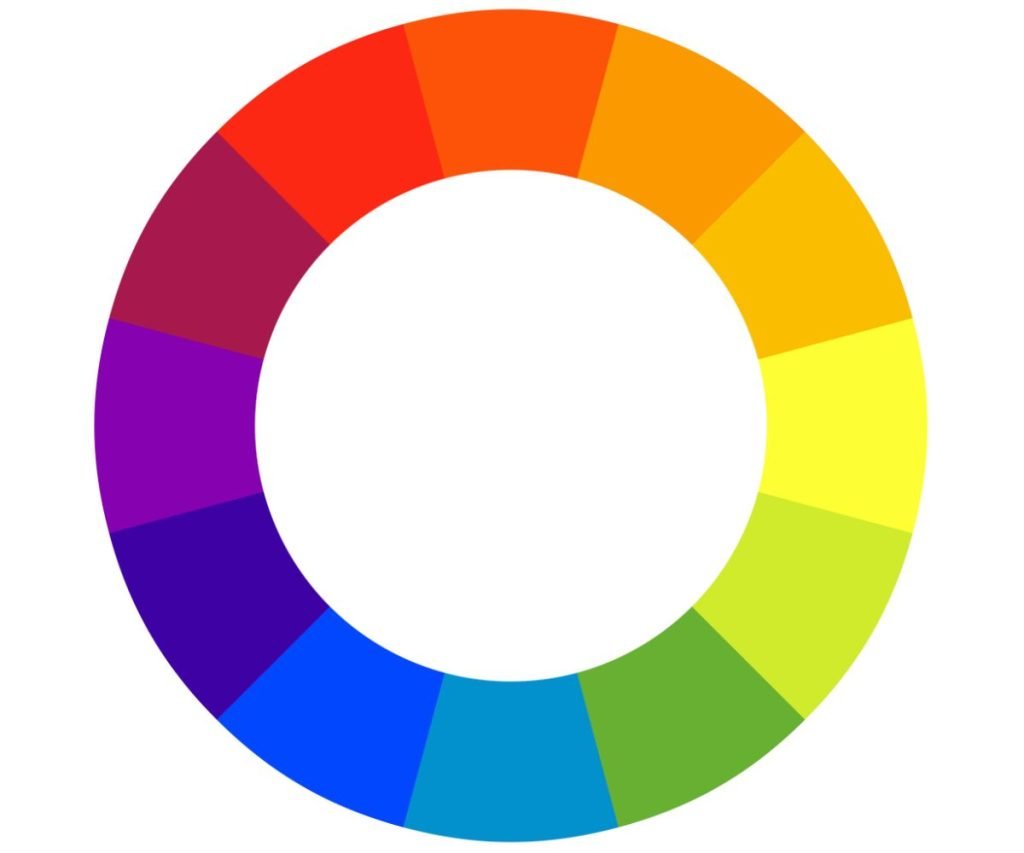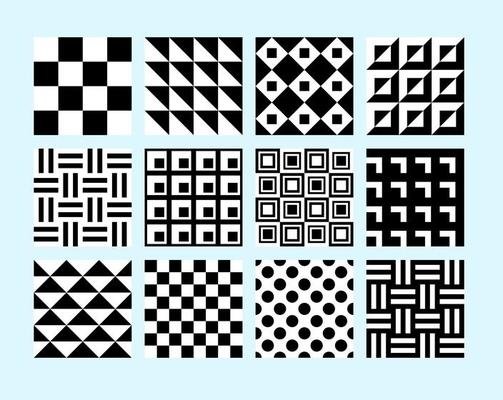What Color Represents Peace? Symbolism, Culture, and Global Meaning
Colors influence human emotions, beliefs, and social practices. Across civilizations, colors have been used to symbolize values, rituals, and collective aspirations. Among them, the question “what color represents peace?” stands out as one of the most enduring cultural explorations. White is the most recognized peace color worldwide, yet blue, green, and lavender also embody peace in specific traditions, religions, and institutions.
This guide explores every dimension of peace colors with historical evidence, cultural diversity, psychology, and modern usage.
The Primary Peace Color: White
Historical Foundations of White
-
Ancient Rome: White togas symbolized negotiation and truce.
-
Medieval Europe: White flags signaled surrender and the request for dialogue.
-
International Law: White flag is codified as a protective sign during conflicts.
Religious Significance of White
-
Christianity: White symbolizes forgiveness, purity, and resurrection.
-
Buddhism: White is linked with detachment and spiritual enlightenment.
-
Hinduism: White garments represent calmness and mourning.
-
Islam: White clothing during pilgrimage signifies peace with God.
Institutional Use of White
-
United Nations Peacekeepers: White helmets and vehicles reflect neutrality.
-
Red Cross and Red Crescent: White backgrounds show humanitarian neutrality.
-
Peace Symbols: White doves carrying olive branches remain global icons.
Blue as a Universal Shade of Peace
Why Blue Represents Peace
Blue is associated with open skies and calm seas. It projects trust, tranquility, and stability.
Global Adoption of Blue
-
United Nations Flag: Light blue symbolizes international cooperation.
-
Peacekeepers: Known as “Blue Helmets,” they embody diplomatic neutrality.
-
Judaism: Blue is linked with divine peace and sacred protection.
Psychological Effects of Blue
-
Reduces stress and anxiety.
-
Encourages rational and calm decision-making.
-
Widely used in therapy rooms and hospitals.
Green as a Symbol of Ecological Peace
Religious and Cultural Roots
-
Islamic Traditions: Green is sacred, linked to paradise and serenity.
-
Persian History: Green garments marked peace ceremonies.
Modern Associations
-
Environmental Movements: Groups like Greenpeace use green for eco-peace.
-
National Flags: Saudi Arabia and Nigeria use green to denote life and harmony.
Psychological Value of Green
-
Restores focus and reduces fatigue.
-
Linked with balance, renewal, and healing.
Lavender and Pastel Shades as Peace Symbols
Symbolism of Lavender
Lavender represents calmness, healing, and feminine serenity. It is often used in:
-
Meditation practices
-
Spiritual healing rituals
-
Peace education environments
Why Pastel Colors Suggest Peace
Soft tones like lavender, pale pink, and baby blue evoke subtle harmony, contrasting with bold or aggressive colors.
Comparative Table of Peace Colors
| Color | Primary Meaning | Cultural Usage | Institutional Symbol |
|---|---|---|---|
| White | Purity, truce | Christianity, Buddhism, Islam, Hinduism | White flag, Dove of Peace |
| Blue | Tranquility, trust | Judaism, UN, Native American traditions | UN Flag, Blue Helmets |
| Green | Harmony, growth | Islam, Persian rituals, Environmentalism | Greenpeace, National Flags |
| Lavender | Healing, calm | Spirituality, Meditation, Art Therapy | Wellness Centers, Education |
Regional Interpretations of Peace Colors
Asia
-
Japan: White cranes and blossoms symbolize peaceful spirits.
-
China: White with jade green reflects eternal harmony.
Africa
-
West African Traditions: Blue beads used for peace and protection.
-
Rituals: White garments for purification ceremonies.
Middle East
-
Green dominates peace symbolism as a religious and cultural anchor.
Western World
-
White doves, green landscapes, and blue skies dominate peace imagery.
Peace Colors in Global Institutions
White Flags in Diplomacy
Used for ceasefire, negotiation, and protection under international law.
Blue Helmets of the UN
Represent neutrality, security, and peacekeeping missions worldwide.
Green Movements
Ecological and environmental groups use green as the foundation of sustainable peace campaigns.
Peace Colors in Psychology
-
White: Creates neutrality and openness in spaces.
-
Blue: Lowers stress, regulates emotions, and enhances calmness.
-
Green: Boosts recovery, balances cognition, and restores harmony.
-
Lavender: Reduces anxiety and aids in relaxation therapy.
Peace Colors and Their Meanings
Most Common Peace Colors Globally
-
White – Purity and Truce
-
Blue – Trust and Tranquility
-
Green – Harmony and Nature
-
Lavender – Calmness and Healing
Religious Peace Colors
-
Christianity: White
-
Islam: Green and White
-
Buddhism: White and Saffron
-
Judaism: Blue and White
-
Hinduism: White
FAQs on Peace Colors
1. What color universally represents peace?
White universally represents peace across civilizations, religions, and institutions.
2. Why is white a symbol of peace?
White is linked with purity, innocence, and reconciliation in history and religion.
3. Does blue represent peace?
Yes, blue symbolizes calmness, diplomacy, and trust. The UN flag is blue for this reason.
4. What is the religious peace color in Islam?
Green is considered sacred in Islam and symbolizes peace, paradise, and serenity.
5. What color represents peace in psychology?
Blue and green are most effective in reducing stress and creating peaceful environments.
6. Is lavender a peace color?
Yes, lavender represents healing, serenity, and spiritual calmness.
7. What color flag represents peace?
A white flag represents peace, surrender, or ceasefire during conflicts.
8. Which peace color is used by the UN?
Blue is the peace color chosen for the United Nations flag and peacekeeping helmets.
9. Do all cultures use the same peace color?
No. While white is universal, cultures also use green, blue, or other shades.
10. What color represents ecological peace?
Green represents ecological peace, sustainability, and environmental balance.
Learn More: Labor Rate Hero: The Complete Guide to Smarter Workforce Costing\
Interior Define Reviews: The Complete Buyer’s Guide to Custom Furniture
Conclusion
To answer what color represents peace, the evidence shows that white is the universal peace color across history, religion, and diplomacy. Blue represents global cooperation and stability, green symbolizes ecological and spiritual peace, and lavender suggests healing calmness.
Peace colors are not just aesthetic; they shape international relations, influence psychology, and reflect human aspirations for harmony. From white flags on battlefields to green ecological campaigns, peace colors remain humanity’s most enduring visual language.







